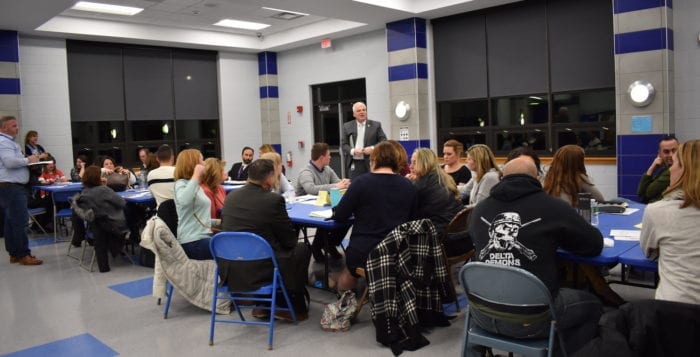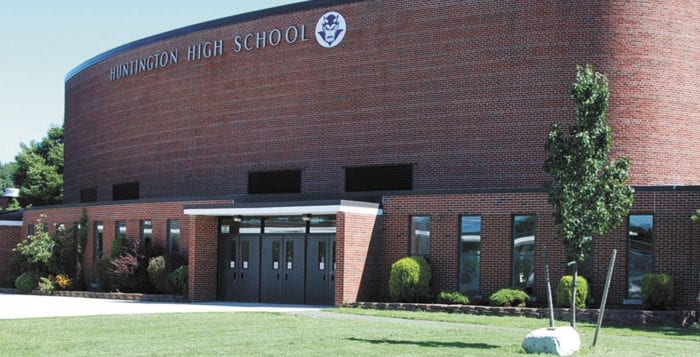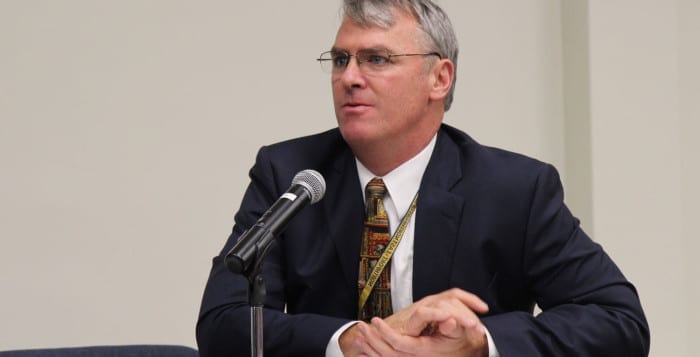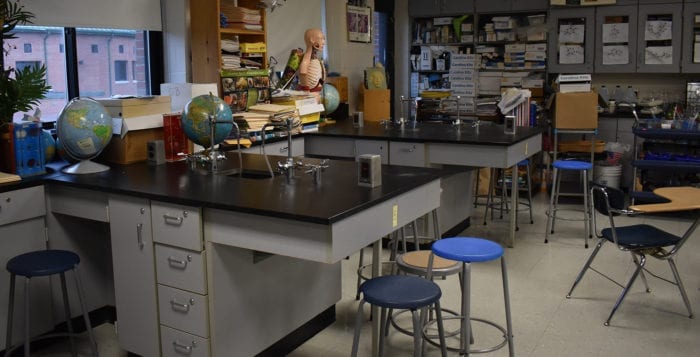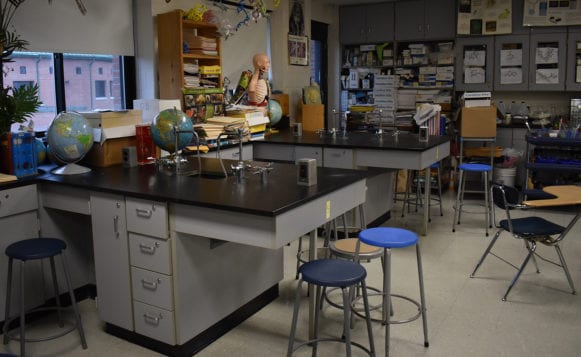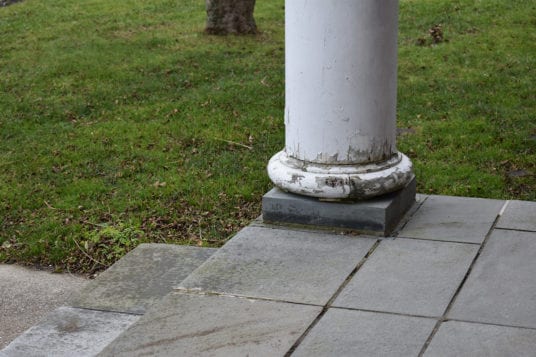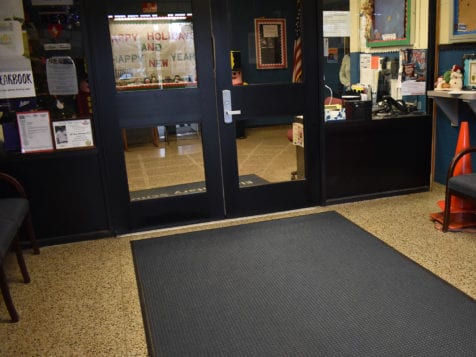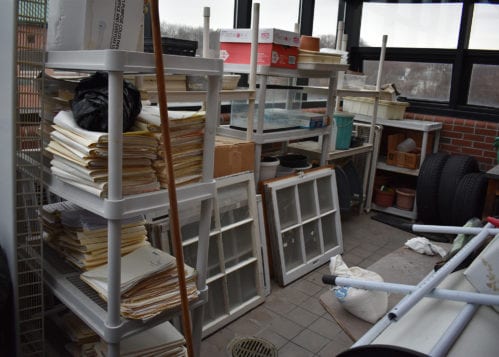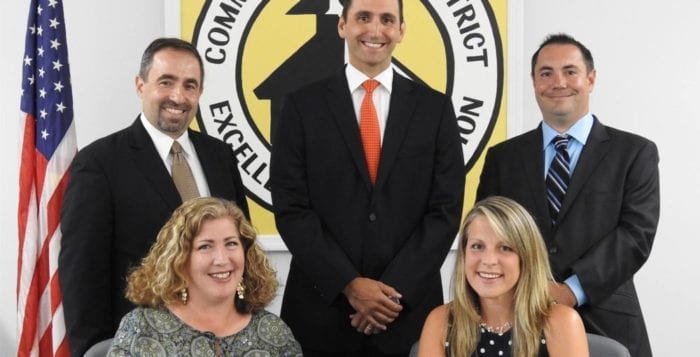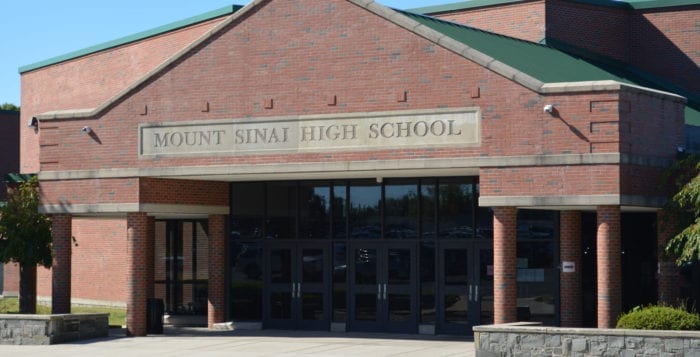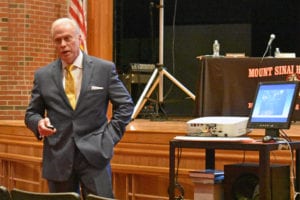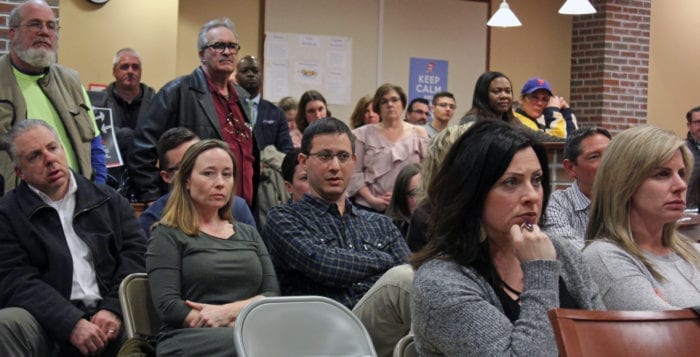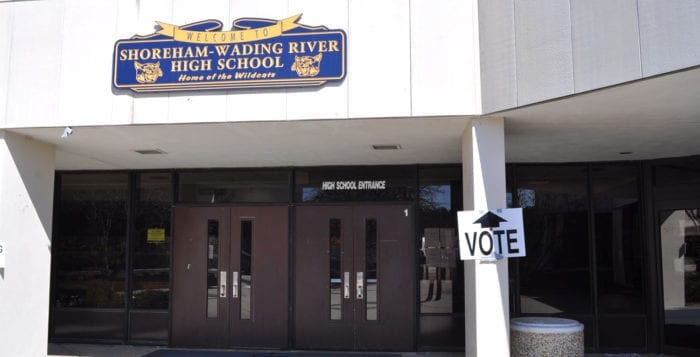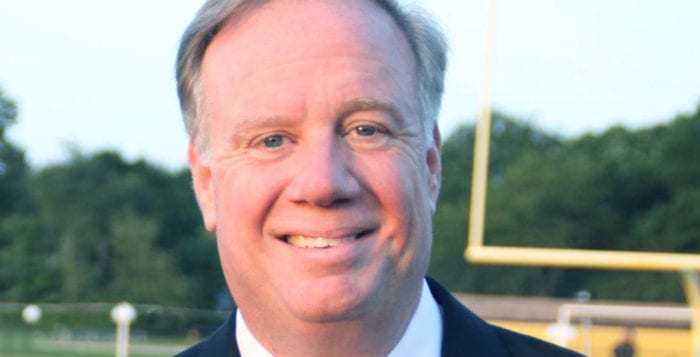The Shoreham-Wading River Central School District is trying to gauge its long-term future with community, teacher and student feedback.
The district has surveyed district residents to help determine which school functions are doing well and which need to be improved. This data was especially important, Wading River Elementary School Principal Lou Parrinello said, because of expectations over declining enrollment.
“They’re putting it out there because the district is shrinking in enrollment,” Parrinello said. “This shows what we want to hold dear, what we want to expand and what we want to let go. We don’t want to make those decisions in isolation.”
That loss of students could then mean a loss of revenue for the school over a period of several years, along with shrinking class sizes and potentially less specialized electives available. Superintendent Gerard Poole said the district has already hosted forums with teachers and students of all grade levels.
“They’re putting it out there because the district is shrinking in enrollment.”
— Lou Parrinello
In a special focus group meeting Feb. 26, the district asked residents to present their own ideas for where the district should head in the next five years.
In the survey, close to 1,000 residents rated where the strongest and weakest elements of the district were. On the negative end, 47 percent of those surveyed said the cafeteria programs needed improvement. While the high school cafeteria remains as it is, the district has used funds from a bond passed in 2015 to create a new kitchen and cafeteria spaces in both the Wading River Elementary School and Albert G. Prodell Middle School. The district plans to renovate the cafeteria with the ongoing bond funds this summer.
A number of teachers, parents and even some students were present to speak about the issues they see with the school, with some noting a lack of proper communication with parents and students, especially over social media.
Karla Roberts, a fourth-grade teacher in the district, said the schools need to look toward standing out among the flock of other districts on Long Island. She was especially disappointed to learn how some seniors in the high school, because they were already at the mandated amount of class credits they needed to graduate, were coming in late during the school day and leaving early.
“It’s making sure all students have something, and [the school] should be tracking if students are in sports, clubs electives, or not,” Roberts said.
High school senior Katie Loscalzo said there is a disconnect between the guidance counselors and the students, especially in guaranteeing there is interest for students in varying classes. She noted she is currently in an Advanced Placement course with only seven students and is taking an elective with only four enrolled.
“We don’t have those guidance relationships,” the senior said.
The district conducted an enrollment study in 2015, which was updated for the 2017-18 school year. The study predicted the district will recede to 1,650 enrolled students by 2025, compared to its current enrollment of 2,264. Along with a declining birthrate and an aging population, the district has in the past pointed to low housing turnover from 2008 to 2016 for part of its ebbing enrollment figures.
“We don’t have those guidance relationships.”
— Katie Loscalzo
This fact brings a call for strategic developments of new school budgets. At its Feb. 26 meeting, the district revealed a preliminary proposed budget of $75,952,416, approximately a million more than the current year’s budget of $74,776,072 and below the current year’s tax cap of 2.96 percent.
Also represented in the budget is a 3.69 percent drop in state aid funding, based on projections of the New York State budget proposed by Gov. Andrew Cuomo (D).
In the continuing work of the 2015 bond, the district outlined a number of projects for the upcoming summer, including renovating the high school theater lighting and dimming system, a full reconstruction of the main parking lot, a renovation and expansion of the existing kitchen and serving line and a reconfiguration of the office spaces within the center corridor. The board awarded bids to a number of contractors for that work at the Feb. 26 meeting.

